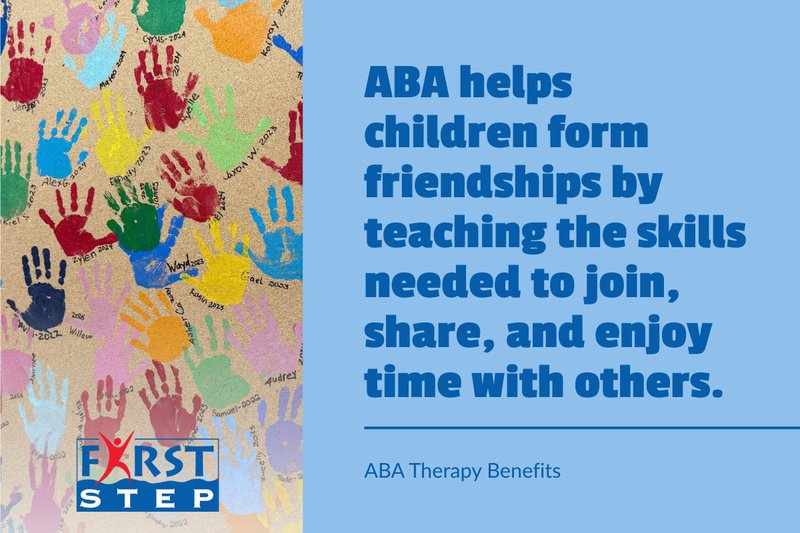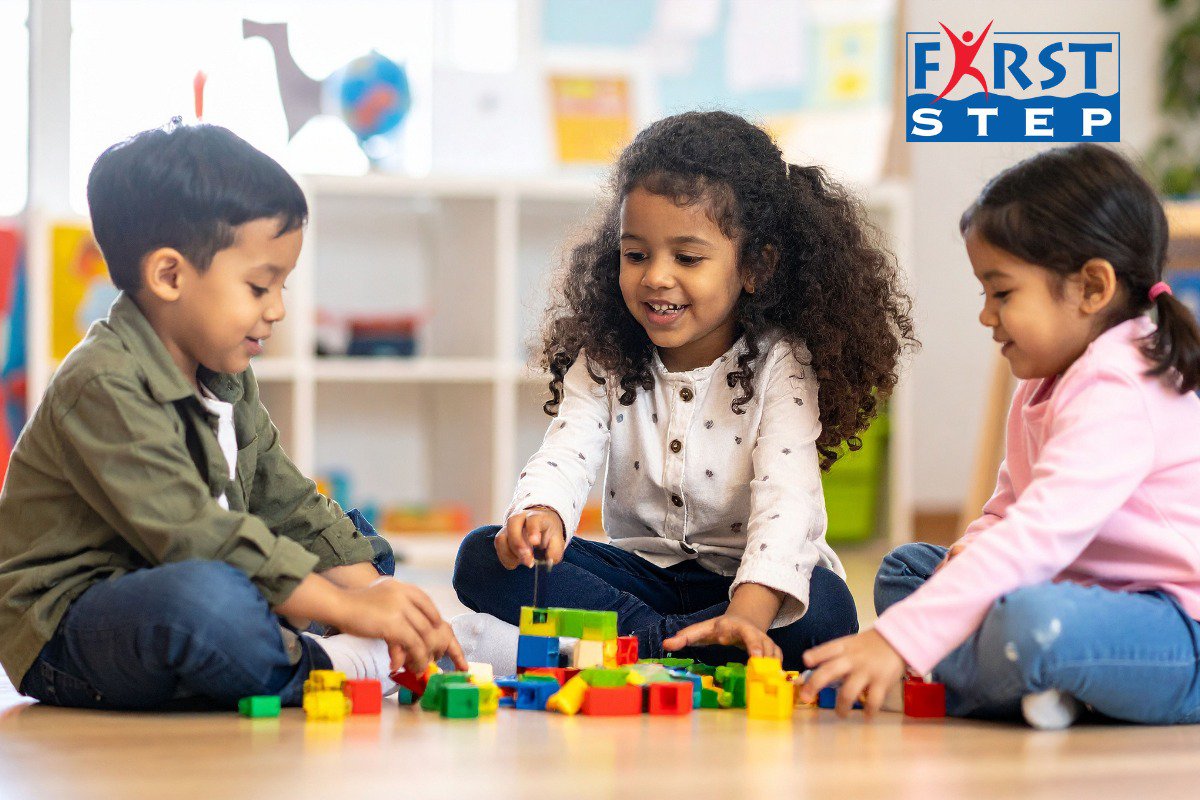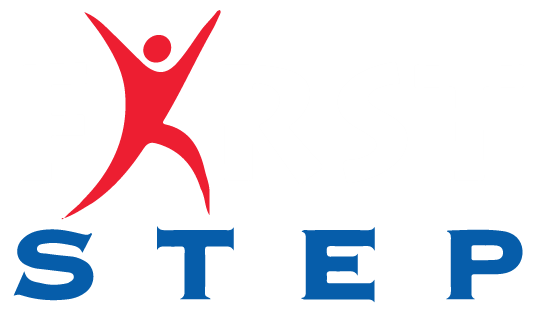If your child has autism, you've probably come across ABA therapy benefits. But what exactly can it achieve? ABA therapy has had a significant impact, improving communication, reducing challenging behaviors, and promoting independence. Discover why countless parents rely on ABA to support their child's growth and ability to connect with others.
Key Takeaways:
- ABA therapy, as the most scientifically supported treatment for autism, involves early, intensive application (20–40 hours per week) that leads to significant improvements, allowing many children to join typical classrooms.
- Early, intensive use (20–40 hrs/week) leads to significant gains, including placement in typical classrooms.
- It teaches life skills like toileting, eating, dressing, and speaking, using small-step, reward-based methods.
- ABA improves communication, including for nonverbal children, using PECS, sign language, and speech devices.
- It improves social skills by teaching eye contact, turn-taking, and play through role play and peer modeling.
- ABA reduces harmful behaviors using Functional Behavior Assessments and replacement strategies (such as teaching how to request a break).
- It promotes self-reliance by teaching teens skills like budgeting, personal care, and decision-making.
- Progress is tracked using data to personalize therapy.
- Parent involvement is key; they are coached for consistent support.
- ABA therapy works most effectively when it starts before age 4 and can be applied in any setting, even if the child has more than one diagnosis.
ABA Therapy Benefits for Children with Autism
Starting therapy early creates meaningful change, as studies show.
Effectiveness of ABA Therapy
Studies show that early intensive intervention (20–40 hours per week) significantly improves children's communication and behaviors, enabling many to integrate into typical classrooms. Nearly half of these children may later join typical classrooms, showcasing improvements in communication, interaction, and routine following.
Supporting Early Developmental Milestones with ABA
ABA therapy guides children in acquiring foundational skills such as toileting, brushing teeth, using words, and responding to others. Therapists break each skill into small steps, rewarding progress. This method ensures tasks are learned effectively, helping children reach developmental milestones like chewing food, using a spoon, or saying "mama."
Documented Success Rates and Outcomes
Research indicates that children engaged in 30 to 40 hours of ABA therapy per week often see progress in language use, learning, and social interaction. Though an autism diagnosis might remain, many children gain independence and confidence. ABA also reduces harmful behaviors like biting or screaming by teaching safer ways to express needs.
Individuals’ success varies; one child might greet classmates, while another masters using the toilet. Real-time data review ensures continuous improvement. ABA instills hope by proving that children have the potential to keep growing and developing essential skills.
For more insights, explore this evaluation of ABA therapy and the CDC's treatment guide.
Benefits of Improving Communication Skills
ABA therapy provides essential building blocks for children to express themselves and understand others. It breaks down complex ideas into teachable, consistent steps.
Communication Strategies for Nonverbal Children in ABA Therapy
ABA therapy employs techniques like sign language, the Picture Exchange Communication System (PECS), and speech-generating devices. Through these methods, children learn to express their needs by starting with simple picture exchanges and gradually moving to sounds and words. Customized tools foster trust and continued progress.
Find more information in this overview of ABA and autism.
Enhancing Expressive and Receptive Language with ABA
Step-by-step instruction assists children in learning both expressive and receptive language. Therapists use guided lessons, celebrating small achievements in communication to encourage words over gestures.
Communicating Beyond Therapy
ABA ensures skills are utilized in various environments, promoting real-world application. Children practice communication during play, meals, and everyday activities. Parents are involved to support and celebrate progress in natural settings.
Social Skill Development Through ABA Therapy
ABA therapy benefits children who learn social rules and engage in joint play with peers.
Teaching and Reinforcing Social Rules
Through small steps, clear instructions, and praise, children learn eye contact, turn-taking, and greetings. Consistency in familiar tasks helps these skills become natural.
Peer-Based Learning in ABA Therapy
Role play, group games, and shared tasks enable social learning. Children see peers model success and are guided to interact positively, fostering inclusion and connection.
Maintaining Friendships Through ABA Therapy
Friendships are nurtured by teaching essential social skills through structured lessons and real-world practice. Children learn greetings, offering toys, and more, enabling them to form lasting relationships.
Reducing Problematic Behaviors with ABA Therapy Benefits
ABA therapy identifies the underlying reasons for behaviors, offering safe and effective alternatives.
Using Functional Behavior Assessments
A Functional Behavior Assessment (FBA) determines the purpose behind a behavior. This understanding enables the creation of strategies to teach safer alternatives.
Replacing Harmful Behaviors with Safe Actions
Children learn new actions that achieve the same outcomes as harmful ones. Rewards reinforce positive behavior, focusing on the child's needs safely.
Addressing Meltdowns and Self-Harm
ABA therapy teaches safer ways to express discomfort, reducing meltdowns and self-injury. Individualized plans are reviewed by behavior experts to ensure clear, effective steps.
ABA therapy focuses on empowering children with the tools they need to grow and thrive. For more information, visit First Step, Inc.'s ABA overview.

How ABA Therapy Affects Expressive and Receptive Language Development
Step-by-step instruction assists children in learning how to articulate clearly and understand others.
Expressive language involves sharing wants and feelings, while receptive language relates to understanding spoken words. ABA therapy benefits target both through concise, guided lessons. Therapists might say "Touch the spoon" and reward correct responses. These simple tasks progress to more complex actions like following directions.
When a child attempts to say "water," they might receive a smile, a sip, or a "good job." If they initially point, therapists model and support every attempt, teaching that words yield faster, more effective results than gestures or silence.
How ABA Therapy Helps Communication Beyond Therapy
ABA therapy ensures skills are applied in real-world settings like home, school, and community.
Using "juice" in therapy is a milestone, but applying it at dinner or during a party shows retention. ABA sessions include these environments, with therapists offering guidance during daily activities. Parents receive coaching for celebrating success wherever it occurs.
Children practice communication during play, walks, or games, learning to greet, share, and connect. The goal extends beyond tests—it's about building habits that foster genuine connections.
How ABA Therapy Social Skills and Joint Play
Children with autism often struggle with friendships and play rules. ABA therapy supports development by teaching these skills progressively.
Teaching and Reinforcing Social Skills with ABA Therapy
Social skills are taught through clear instructions and positive reinforcement.
Children practice eye contact, turn-taking, and greetings. Furthermore, therapists provide cues like "Say hi" or "Wait," rewarding successful actions with praise or tokens. Consistent practice in familiar tasks helps solidify these skills into comfortable behaviors.
Peer-Based Learning in ABA Therapy
ABA therapy includes role play, group games, and shared tasks to enable social learning.
Children build towers, take turns in pretend play, or engage in group activities. Seeing peers model success encourages inclusion. For instance, when a child asks, "Can I join?" and is welcomed, it illustrates how interaction encourages acceptance.
Therapists facilitate peer connections. If a child rolls a car and another watches, structured prompts like "Say 'my turn'" foster learning and connection in small games.
Maintaining Relationships Through ABA Therapy
ABA therapy benefits aid in forming friendships by teaching key skills for collaboration and enjoyment.
Friendships start with basics like smiling, sharing, and greeting. Moreover, ABA therapy covers these skills through structured lessons and real-world practice. Offering a toy or responding with "hi" helps children integrate into groups. Therapists actively support skill transfer to schools and playgrounds.
Some children may connect through play rather than words. For example, a child who enjoys ball games might join peers without needing speech, creating a sense of belonging.
ABA therapy makes social learning clear and repeatable, allowing children to naturally use what they learn. Skills practiced early become enduring social connections.
How ABA Therapy in Reducing Problematic Behaviors
ABA therapy reduces behaviors that hinder learning or safety, such as tantrums or aggression, by understanding their underlying causes.
Functional Behavior Assessment (FBA) in ABA Therapy
A Functional Behavior Assessment (FBA) identifies the purpose of behaviors.
Therapists observe actions, gather information about what happens before and after, and determine the function—whether avoiding tasks, gaining items, or seeking attention. This understanding allows the teaching of safer alternatives.
Strategies for Safe Behavior Replacement in ABA Therapy
ABA therapy replaces unsafe behaviors with safer alternatives to meet the same needs.
Instead of screaming to avoid a task, a child could use a card reading "I need a break." For accessing a toy, saying "my turn" becomes a new, positive strategy. The right choices are reinforced with rewards.
Supports include:
- Token boards for rewards
- Visual aids for guidance
- Picture cards for communication
Addressing Meltdowns and Self-Harm with ABA Therapy Benefits
ABA therapy offers strategies to express discomfort or request breaks safely.
Therapists identify causes of meltdowns and teach better ways to ask for help, such as requesting a break before stress peaks. If self-harm relates to sensory issues, strategies like pressure tools help.
Safety is paramount. Plans reviewed by experts guide effective steps, using calming items and secure spaces. As replacement skills develop, unsafe actions diminish.
ABA therapy provides empowering tools for growth and clarity, not fixing but nurturing development with patience and care.
Unlock Your Child's Potential with ABA Therapy
ABA therapy is not about fixing children; it's about equipping them with the tools to thrive and communicate effectively. With a foundation of patience and care, these personalized plans empower each child to develop vital skills, enabling them to respond safely and clearly to their environment. At First Step, Inc., we believe in the transformative power of ABA therapy to enhance communication, foster independence, and reduce challenging behaviors. Discover how our compassionate approach can make a difference in your child's life. For more information and to start the journey towards empowering your child's future, reach out to us today. Visit our contact page to connect with our dedicated team.


